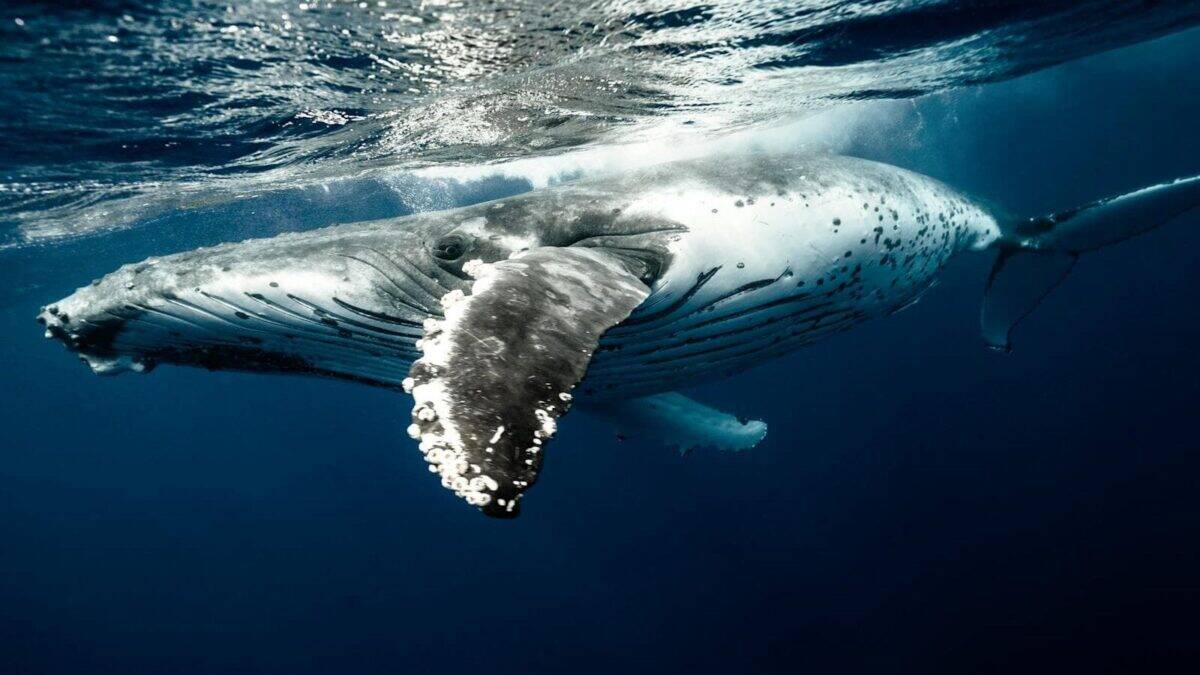The American Southwest—spanning Arizona, New Mexico, parts of California, Nevada, Utah, Colorado, and Texas—is a land of extremes. From scorching deserts and rugged canyons to alpine forests and riparian corridors, this region hosts some of North America’s most unique wildlife. The harsh conditions have produced remarkable adaptations in the animals that call this arid landscape home. Many of these creatures are found nowhere else on Earth, having evolved specialized traits to survive in this challenging environment. Let’s explore 15 stunning animals that are unique to the American Southwest, their fascinating characteristics, and the habitats where you might encounter these remarkable desert dwellers.
12. Gila Monster (Heloderma suspectum)
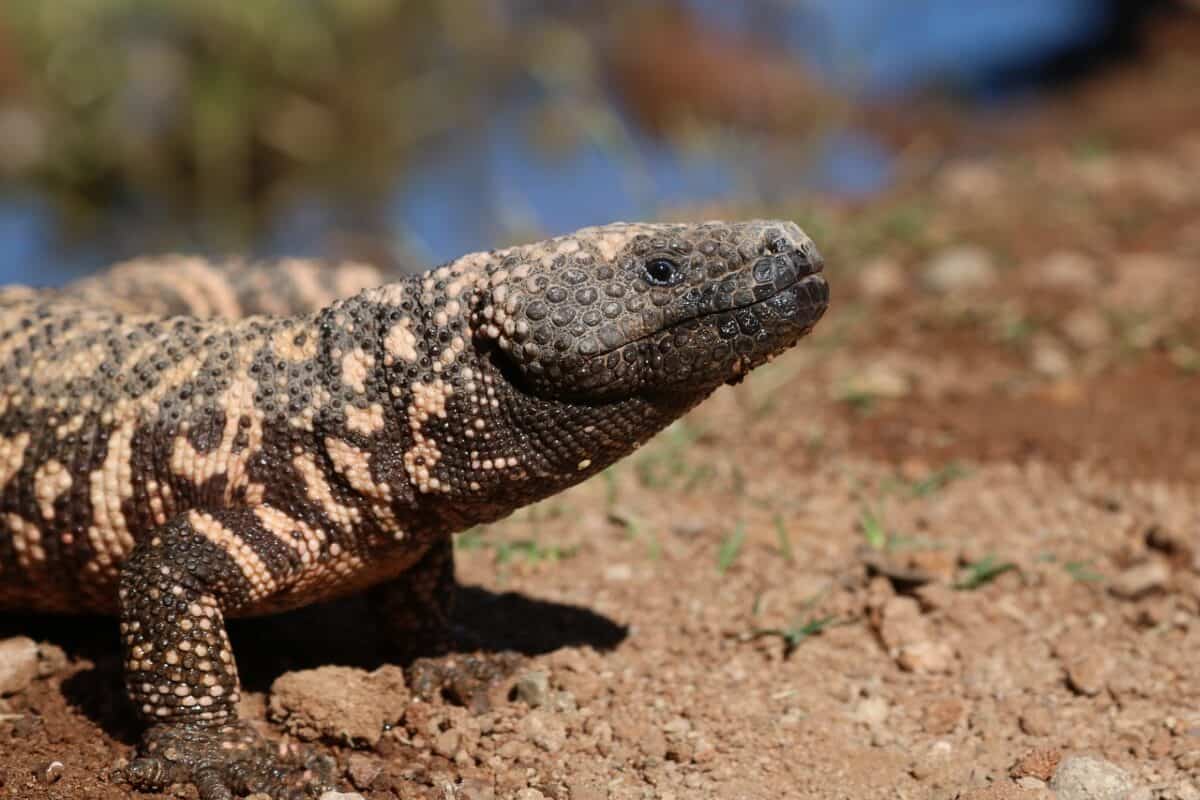
The Gila monster stands as one of only two venomous lizards in the world and the only one native to the United States. With its striking orange and black beaded skin pattern, this prehistoric-looking reptile can grow up to 2 feet long. Found in the Sonoran, Mojave, and Chihuahuan Deserts, these creatures spend up to 95% of their lives underground, emerging primarily during the monsoon season.
Unlike snakes that inject venom through hollow fangs, Gila monsters have venom glands in their lower jaws and deliver toxins through grooved teeth while chewing their prey. Though their venom is potent, these lizards are slow-moving and rarely bite humans unless provoked. They can store fat in their tails, allowing them to go months without eating—a crucial adaptation for desert survival. Protected by law in all states where they occur, spotting a Gila monster in the wild is considered a rare and special experience for nature enthusiasts.
11. Desert Bighorn Sheep (Ovis canadensis nelsoni)

The desert bighorn sheep, with its magnificent curved horns and remarkable climbing abilities, is perfectly adapted to the Southwest’s rocky terrain. Males (rams) can weigh up to 220 pounds and sport massive horns that can weigh up to 30 pounds—nearly 10% of their body weight. These horns serve as both status symbols and weapons during the dramatic head-butting contests between males during breeding season, with collisions that can be heard echoing through canyons from over a mile away.
Desert bighorns have specialized hooves with concave, rubber-like soles that provide exceptional grip on steep rock faces, allowing them to navigate terrain too treacherous for most predators. They can go for extended periods without water by obtaining moisture from the vegetation they consume and can lose up to 30% of their body weight due to dehydration—and then replenish it in minutes when they find water. Once endangered due to hunting, disease, and habitat fragmentation, conservation efforts have helped restore populations in places like the Grand Canyon, Zion National Park, and Death Valley.
10. Coachwhip Snake (Masticophis flagellum)

The coachwhip snake, named for its resemblance to a braided leather whip, is one of the fastest snakes in North America, capable of traveling at speeds up to 4 mph. These non-venomous constrictors can grow up to 8 feet long, with slender bodies that taper toward the tail. Their coloration varies by region, ranging from pinkish-tan in desert areas to black in eastern parts of their range, often with darker coloration near the head that gradually lightens toward the tail.
Unlike many snakes that flee when threatened, coachwhips are known for their bold behavior—sometimes even chasing potential threats, including humans. This aggressive display, combined with their speed, has fueled myths that they will chase and whip people with their tails—tales that have no factual basis but speak to the respect these snakes command. Active hunters during daylight hours, coachwhips have excellent vision and will often raise their heads above the vegetation to scan for prey, including lizards, small mammals, birds, and other snakes. They’re particularly common in the desert grasslands and scrub habitats throughout the Southwest.
9. Javelina (Pecari tajacu)
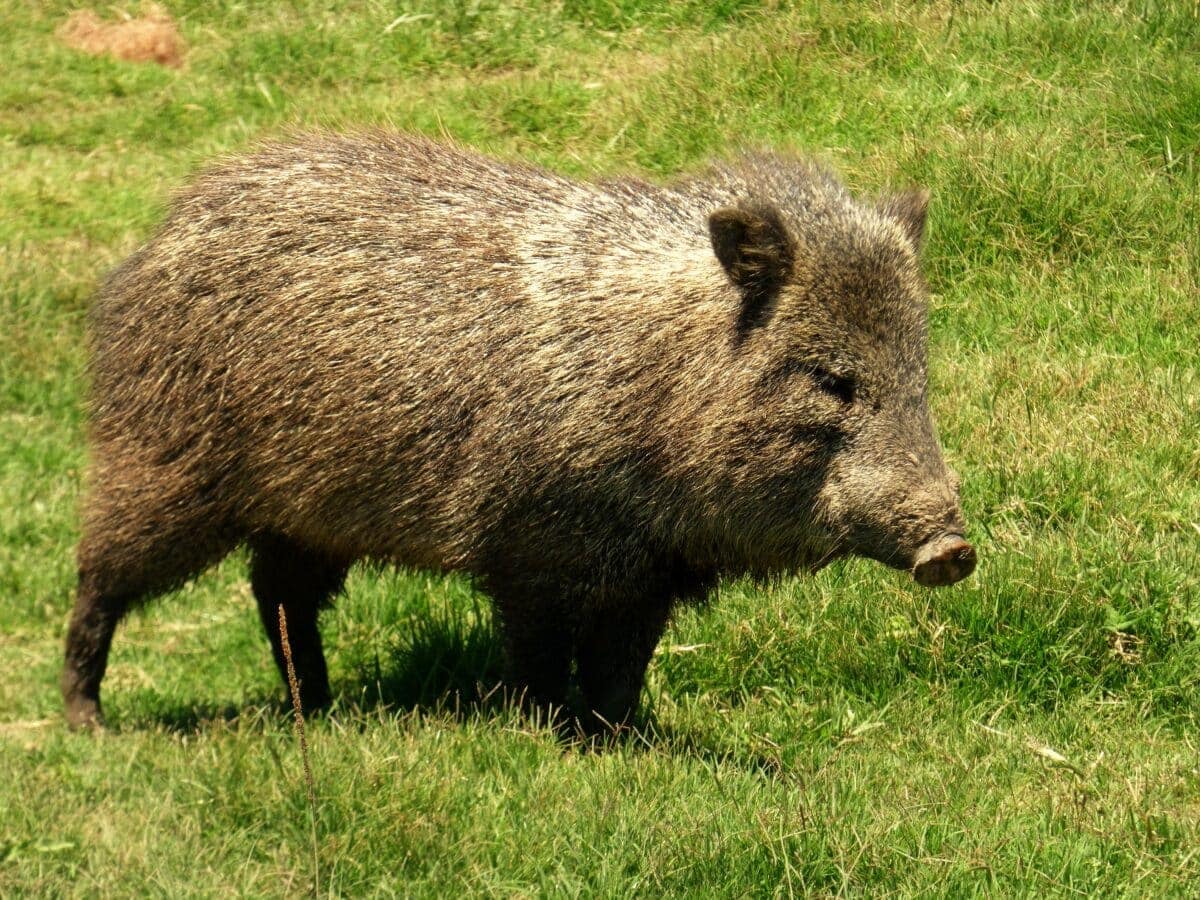
Often mistaken for wild pigs, javelinas (also called collared peccaries) are actually members of a distinct family native to the Americas. These social, hoofed mammals travel in groups of 8-12 individuals and are recognizable by their pig-like appearance, grayish-black coarse hair, and distinctive white collar around the shoulders. Despite their small stature—standing about 2 feet tall at the shoulder—javelinas possess razor-sharp tusks and a strong musky scent produced by a dorsal gland, which they use to mark territory and identify herd members.
Javelinas have adapted remarkably well to desert environments, obtaining much of their water from the prickly pear cactus they consume—using their tough snouts and mouths to strip away the spines. They’re primarily active during cooler morning and evening hours, seeking shade during the heat of the day. While generally not aggressive toward humans, they have poor eyesight and when startled can react defensively, especially when young are present. Once limited to remote areas, javelinas have become increasingly common in suburban neighborhoods across Arizona, New Mexico, and Texas, creating both fascinating wildlife viewing opportunities and occasional conflicts with residents.
8. Cactus Wren (Campylorhynchus brunneicapillus)

As Arizona’s state bird, the cactus wren embodies the spirit of desert survival. Larger than most wrens at 7-8 inches long, these charismatic birds are instantly recognizable by their boldly spotted plumage, distinctive white eyebrow stripe, and rich, gurgling calls that echo across the desert landscape. What truly sets them apart is their remarkable nesting behavior—building football-shaped nests primarily in the protective arms of cholla and saguaro cacti, where few predators dare to venture.
Unlike many birds that nest only during breeding season, cactus wrens maintain multiple nests year-round, using them for nighttime roosting and protection from extreme temperatures. They’re one of the few birds that don’t need to drink free-standing water, obtaining all necessary moisture from their diet of insects, fruits, and seeds. Highly territorial and unafraid of human presence, cactus wrens will often approach desert homes and campgrounds with bold curiosity. Their population is currently stable throughout the Sonoran and Chihuahuan Deserts, though the California coastal population has declined significantly due to habitat loss and fragmentation.
7. Desert Tortoise (Gopherus agassizii)
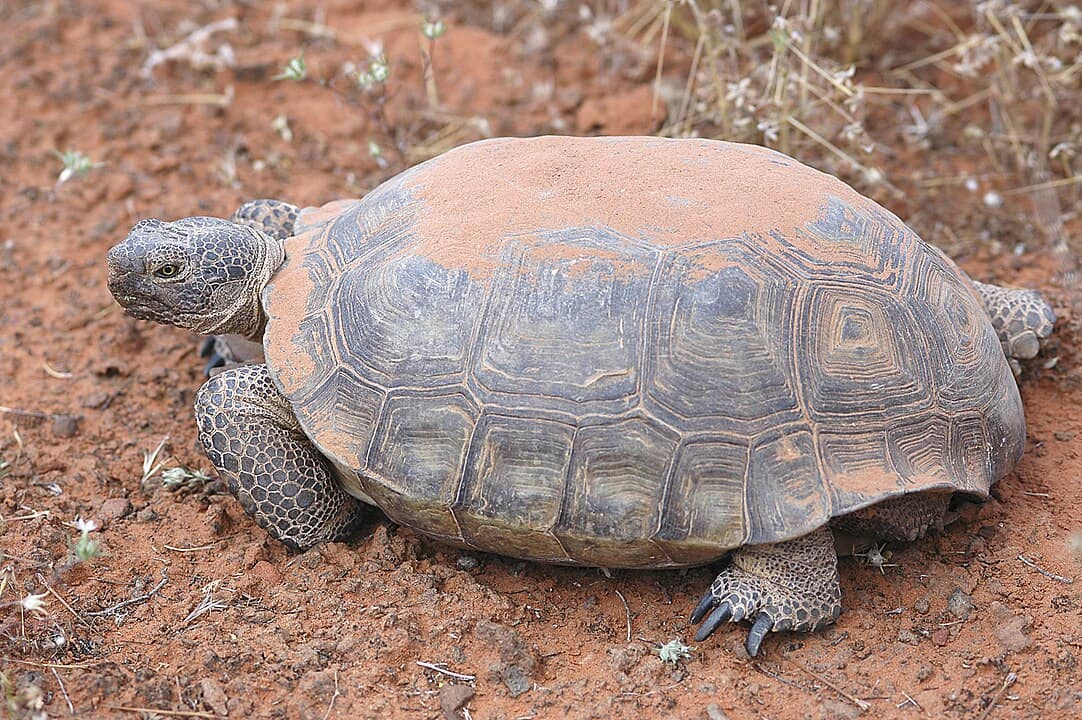
The desert tortoise, an ancient desert dweller that has roamed the Southwest for millions of years, is perfectly adapted for survival in one of North America’s harshest environments. These remarkable reptiles can live up to 80 years in the wild and grow to about 15 inches long, with high-domed shells and powerful elephant-like legs. Their most impressive adaptation is the ability to survive extreme drought—they can lose up to 40% of their body water and survive without drinking for up to a year, though they eagerly hydrate during rare desert rainstorms, often digging depressions to collect water.
Desert tortoises spend up to 95% of their lives in underground burrows, which can extend up to 30 feet in length and provide crucial protection from temperatures that would otherwise be lethal. These burrows benefit the entire ecosystem, providing shelter for numerous other species. Despite their resilience, desert tortoises face multiple threats that have led to their federal threatened status. Development, habitat fragmentation, disease, and predation by ravens have caused population declines of up to 90% in some areas. As a keystone species of the Mojave and Sonoran Deserts, conservation efforts for these gentle giants continue across the Southwest.
6. Jaguarundi (Herpailurus yagouaroundi)

The jaguarundi, perhaps the most elusive cat in North America, occasionally ventures into the southwestern United States from its primary range in Mexico and Central America. Unlike most wild cats, the jaguarundi has an unusual appearance—with an elongated body, short legs, and a small, flattened head that some compare to an otter or weasel rather than a feline. Their coloration varies from dark charcoal gray to reddish-brown, lacking the spots or rosettes common to many wild cats. About twice the size of a domestic cat, jaguarundis are exceptional jumpers and swimmers.
These secretive cats prefer dense brush and riparian areas, making them particularly difficult to spot in the wild. They’re primarily diurnal (active during daylight), another unusual trait for wild cats. Jaguarundis feed on small mammals, birds, and reptiles, hunting with remarkable speed and agility through thick vegetation. While historically ranging into southern Texas, Arizona, and New Mexico, confirmed sightings in the U.S. are extremely rare in modern times, with most evidence coming from trail cameras and occasional tracks. Conservation efforts focus on protecting potential habitat corridors that could support natural population expansion back into the southwestern United States.
5. Chuckwalla (Sauromalus ater)

The chuckwalla, one of the largest lizards native to the United States, is a master of rock crevice survival throughout the Mojave and Sonoran Deserts. Growing up to 16 inches long, these heavy-bodied reptiles display remarkable sexual dimorphism—males often have reddish-brown bodies with black heads and limbs, while females tend toward more uniform grayish coloration. Their most famous defense mechanism is their ability to inflate their bodies with air when threatened, wedging themselves so tightly into rock crevices that predators cannot extract them.
Primarily herbivorous, chuckwallas feed on wildflowers, fruits, and leaves, obtaining much of their water from their plant diet. They’ve adapted specialized salt-excreting glands that allow them to consume plants too salty for other herbivores. Chuckwallas are remarkably temperature-dependent, remaining inactive during cooler months and even during hot summer days, emerging primarily during moderate morning and evening hours. Their population status remains relatively stable, though they face pressure from habitat loss and illegal collection for the exotic pet trade. For wildlife photographers and desert enthusiasts, spotting these prehistoric-looking creatures basking on sun-warmed boulders is a highlight of southwestern exploration.
4. Ringtail (Bassariscus astutus)
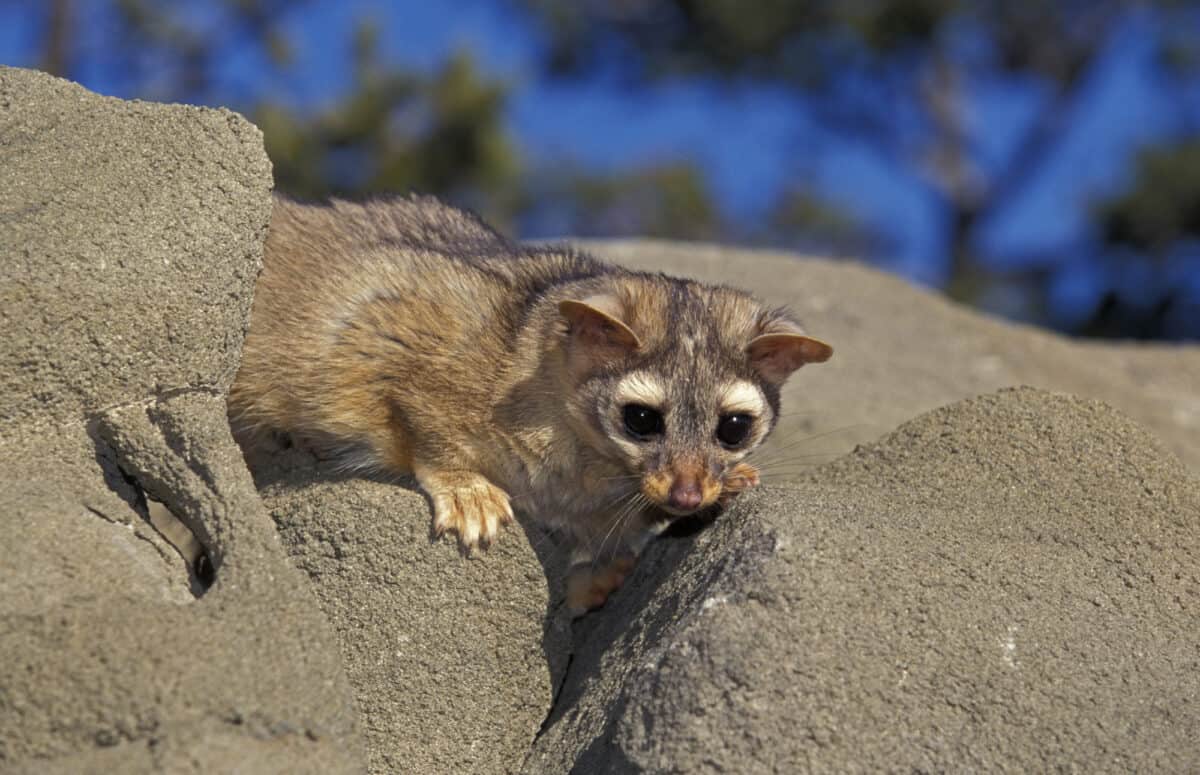
Often called the “ringtail cat” despite being more closely related to raccoons, the ringtail is a nocturnal mammal with cat-like agility and a fox-like face. Their most distinctive feature is the long, bushy tail with alternating black and white rings that can be as long as their body. With large, reflective eyes adapted for night vision and incredibly flexible ankles that can rotate 180 degrees, ringtails are exceptional climbers capable of scaling nearly vertical rock faces and tree trunks with ease. They can even perform a remarkable “wall spread” maneuver to climb narrow crevices by pushing against opposite walls.
Ringtails inhabit rocky outcrops, canyons, and riparian areas throughout the Southwest, though they’re rarely seen due to their nocturnal habits. They’re opportunistic omnivores, feeding on fruits, insects, small mammals, birds, and reptiles. Early settlers and miners recognized their value as mousers, often keeping semi-tamed ringtails (nicknamed “miner’s cats”) in cabins to control rodents. Despite their elusive nature, ringtails have adapted well to human development in some areas, occasionally taking up residence in attics or outbuildings near natural habitats. Arizona considers the ringtail its state mammal, though most residents have never encountered one of these charming nocturnal acrobats.
3. Sonoran Pronghorn (Antilocapra americana sonoriensis)

The Sonoran pronghorn, a distinct subspecies of North America’s fastest land mammal, represents one of the most endangered mammals in the United States. These elegant ungulates can reach speeds of 60 mph, powered by oversized hearts and lungs that allow for exceptional oxygen processing. Unlike true antelopes (which they resemble), pronghorns are unique to North America and have no close living relatives. Their most distinctive features are the large, black pronged horns on males (and sometimes smaller versions on females) and exceptional vision that allows them to detect movement up to four miles away.
Adapted specifically to the harsh Sonoran Desert environment, these pronghorn have lighter coloration than other subspecies and can go longer without drinking free water—though they will quickly travel long distances to access water when available. By 2002, the wild population had dwindled to just 21 individuals, prompting intensive conservation efforts including captive breeding programs. Today, approximately 200 wild Sonoran pronghorn inhabit parts of southwestern Arizona and northern Sonora, Mexico. Their recovery remains precarious, challenged by drought, habitat fragmentation, and human disturbance. For wildlife enthusiasts, glimpsing these “ghosts of the desert” racing across the landscape represents a rare privilege.
2. Coatimundi (Nasua narica)

The coatimundi, locally known as “coati,” brings tropical flair to the Sky Island mountain ranges of southern Arizona and New Mexico. These charismatic relatives of raccoons are instantly recognizable by their long, ringed tails often held straight up like flags, flexible snouts that can rotate 60 degrees in any direction, and reddish-brown fur. Highly social, female coatis and their young travel in bands of up to 30 individuals (called “troops”), communicating through a complex vocabulary of chirps, grunts, and whistles. Adult males, however, live solitary lives except during brief mating periods.
Using their sensitive, pig-like snouts and sharp claws, coatis continuously forage through leaf litter and turn over rocks in search of insects, lizards, fruits, and carrion. They’re primarily active during daylight hours, unlike their nocturnal raccoon cousins. Skilled climbers, coatis often sleep in tree canopies for protection from predators. Though primarily associated with Mexico and Central America, their range extends into the southwestern United States, particularly in mountainous woodland areas near the Mexican border. While generally shy around humans, coatis have become habituated to visitors in some popular recreation areas, creating exciting wildlife viewing opportunities in places like Madera Canyon in Arizona.
1. Harris’s Antelope Squirrel (Ammospermophilus harrisii)
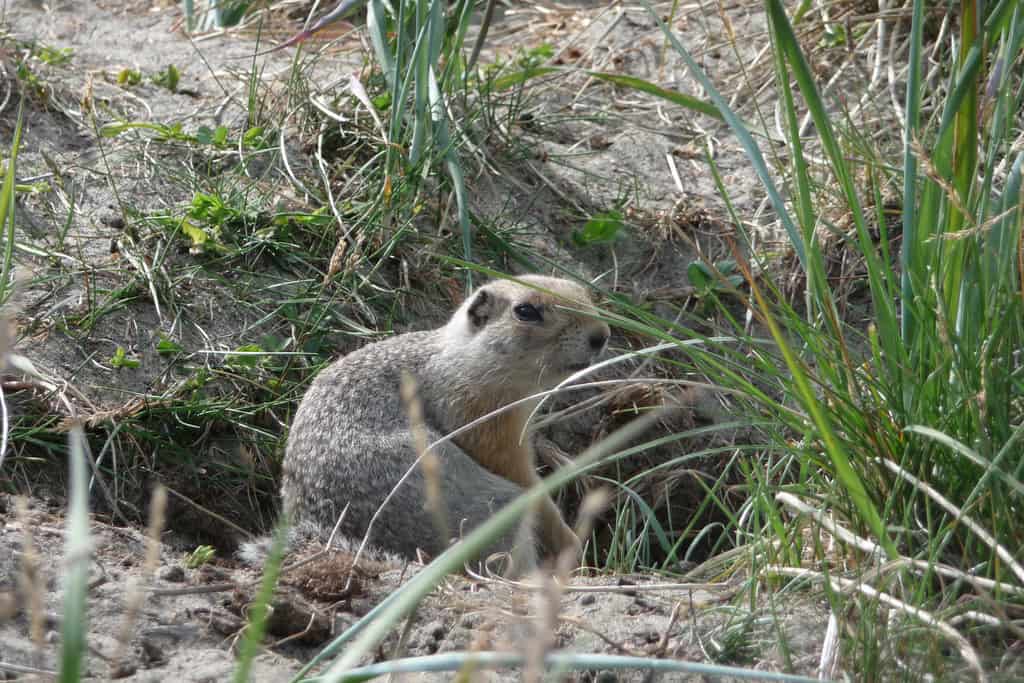
The Harris’s antelope squirrel embodies desert adaptation with its miniature stature and remarkable heat tolerance. About half the size of a common tree squirrel, these energetic rodents are distinguished by their grayish-brown coloration and prominent white racing stripes along their sides. What truly sets them apart is their ability to remain active during the hottest part of desert days when most animals seek shelter. Researchers have documented them foraging in surface temperatures exceeding 140°F—a thermal environment that would prove fatal to most mammals.
Several physiological adaptations make this possible: they possess a higher metabolic rate than most ground squirrels, their light-colored underbellies reflect heat from the ground, and they use their bushy tails as portable sun shades, holding them over their bodies while stationary. Additionally, they’ll periodically press their bodies against cooler sand in shaded burrows to dissipate heat. Common throughout the Sonoran Desert in Arizona and northwestern Mexico, these squirrels feed primarily on seeds, mesquite beans, cactus fruits, and insects. Unlike many desert rodents, they don’t hibernate but remain active year-round, though they reduce activity during extreme heat waves. Their distinctive alarm call—a high-pitched, repetitive chirp—often alerts hikers to their presence before they’re spotted.
Conclusion:
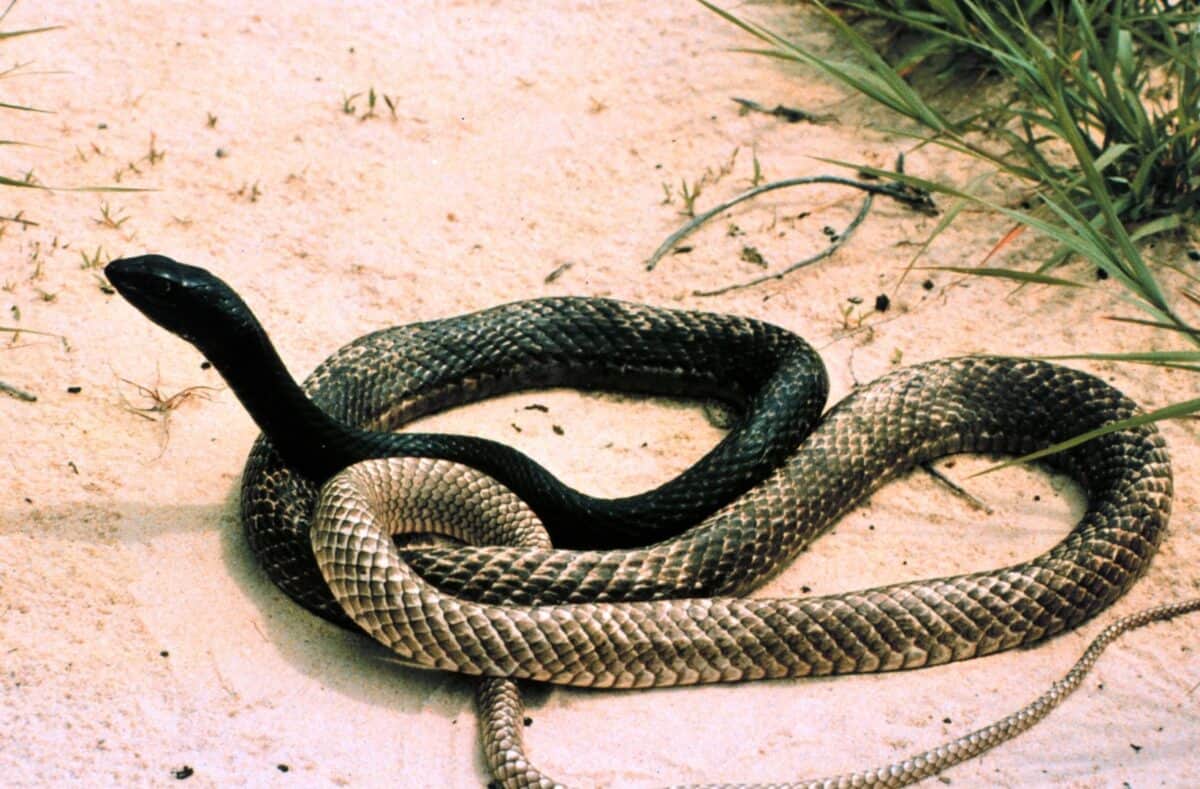
The American Southwest is more than just a land of scenic deserts and dramatic vistas—it’s a vibrant cradle of biodiversity shaped by millions of years of evolutionary trial and error. From venomous lizards and swift-footed pronghorns to elusive wildcats and cactus-nesting birds, the region’s wildlife tells a story of resilience, adaptation, and survival in extreme conditions. Each of the 15 species highlighted in this article showcases a different strategy for thriving under blazing sun, scarce water, and rugged terrain, making them not only unique to the Southwest but essential to its ecological identity.
Protecting these remarkable creatures means safeguarding the fragile ecosystems they call home—from saguaros and canyons to riparian woodlands and desert grasslands. As climate change, development, and habitat fragmentation continue to pressure southwestern landscapes, awareness and conservation become more urgent than ever. Whether you’re a casual hiker, wildlife photographer, or conservationist, appreciating and respecting the rare wildlife of the American Southwest ensures that future generations can continue to witness the wonder of these extraordinary animals in their natural environment.
- 12 Stunning Animals You Can Only See in the American Southwest - August 10, 2025
- 12 Times Dolphins Shocked Scientists With Their Intelligence - August 10, 2025
- 11 Chicken Breeds Perfect for Backyard Coops - August 10, 2025

